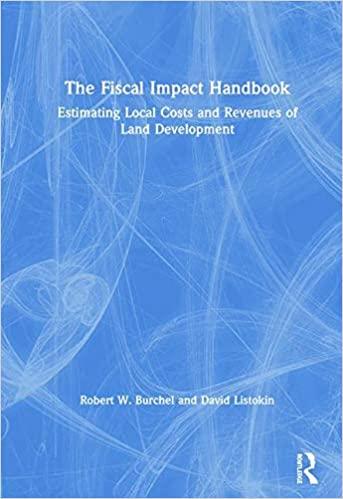Question
Viacom, Inc., is a media and entertainment company listed on the New York Stock Exchange. Viacom has issued two classes of common stock, Class A
Viacom, Inc., is a media and entertainment company listed on the New York Stock Exchange. Viacom has issued two classes of common stock, Class A and Class B. Viacom currently has 49,452,785 shares of Class A and 346,413,403 shares of Class B outstanding. Class A shares have 1 vote per share, while Class B is non-voting. Each share receives a dividend currently set at $1.60 per year, paid quarterly.
The controlling shareholder of Viacom is 93-year-old Sumner Redstone. He owns his Viacom shares indirectly through his interest in a private company called National Amusements which was founded by his father in 1935. Sumner Redstone owns 80% of National Amusements, while his daughter Shari owns the other 20% of National Amusements. National Amusements in turn owns 39,442,372 Class A shares of Viacom, and 500,000 Class B shares of Viacom.
Please download the daily closing prices of both series of Viacom common stock during the period from January 1, 2015, up to the present, using a website such as Yahoo! Finance or an alternative source like Bloomberg.
1. What is the total market capitalization (price times shares outstanding) of all of Viacoms equity as of August 15, 2016? How much market value is represented by the Class A shares and how much by the Class B shares?
2. What are Sumner Redstones holdings of the Class A and Class B shares, respectively? What percentage of the companys overall dividend payments (i.e., cash flow rights) does he receive? What percentage of the companys overall voting power (i.e. voting rights) is he entitled to exercise?
3. Often, companies that issue two classes of common stock will see the shares priced almost identically by investors in the market. Has this been the case for Viacom since the start of 2015 up to now? How much more are the Class A shares currently worth compared to the Class B shares, on a percentage basis?
4.What do you think explains the pattern described by your answer to question 3 above?
5. If Class A and Class B shares at Viacom are expected to continue paying identical dividends, do you think there is an arbitrage opportunity to invest long in one of these stocks while selling the other short? Would you do this, and if so, which stock would you hold long and which would you sell short? What future events might ultimately determine whether this strategy is profitable?
Step by Step Solution
There are 3 Steps involved in it
Step: 1

Get Instant Access to Expert-Tailored Solutions
See step-by-step solutions with expert insights and AI powered tools for academic success
Step: 2

Step: 3

Ace Your Homework with AI
Get the answers you need in no time with our AI-driven, step-by-step assistance
Get Started


